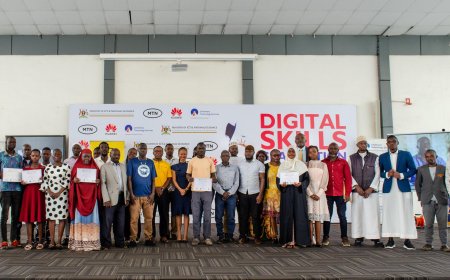Dr. Sarah Wasagali Kanabi Announces Second Quarter (April–June 2025) Electricity End-User Tariffs
The following tariffs were approved for the billing period April–June 2025: Lifeline Tariff: Ush 250 per unit for qualifying domestic consumers.

In a significant development for Uganda’s electricity sector, Dr. Sarah Wasagali Kanabi, the Chairperson of the Electricity Regulatory Authority (ERA), officially announced the End-User Tariffs for the second quarter (April–June) of 2025. The announcement was made at the ERA offices in Lugogo, Kampala, marking a key milestone in the country’s electricity supply industry.
Dr. Kanabi began her address by acknowledging the Uganda Electricity Distribution Company Limited (UEDCL) for taking over the mandate of electricity distribution across the country

. She expressed appreciation for the contributions of Umeme Limited over the past 20 years, highlighting the progress made in Uganda’s power sector due to their dedicated service.
“With a profound sense of duty and responsibility, we recognize the achievements of Umeme Limited, whose efforts have laid a strong foundation for the continued growth and sustainability of Uganda’s electricity industry,” she remarked.
Dr. Kanabi outlined the major factors influencing the new tariffs:

Electricity Demand Growth – Projected to increase by 10.4% in 2025.
End of Umeme’s Concession Agreement – Umeme Limited’s licenses expire on March 31, 2025.
Quarterly Tariff Adjustment Methodology – Continued adjustments based on inflation, exchange rates, international fuel prices, and other approved costs.
Uganda Shilling Appreciation – The currency strengthened to Ush/US$ 3,679.73 from Ush/US$ 3,689.10, representing a 0.25% appreciation.
Performance Targets for UEDCL – Following its newly issued license.
Public Amenities Tariff Review – Street lighting and public hospitals under continued review.
Restructuring of Industrial Customer Categories – Differentiation between manufacturers and service providers.
Manufacturing Tariffs Reduction Measures – Pegged to demand growth targets.
Declining Block Tariff for Large Industrial Consumers – To continue in 2025.
Cessation of Declining Block Tariff for Extra-Large Industrial Customers – Effective April 2025.
Domestic Cooking Tariff – Maintained at Ush 412 per unit to encourage electricity usage for cooking.
Approved Electricity End-User Tariffs
The following tariffs were approved for the billing period April–June 2025:
Lifeline Tariff: Ush 250 per unit for qualifying domestic consumers.
Domestic Tariff: Ush 756.2 per unit.
Commercial Tariff: Ush 546.4 per unit.
Medium Industrial Tariff (Manufacturing): Ush 355.1 per unit.
Medium Industrial Tariff (Service): Ush 412.5 per unit.
Large Industrial Consumers: Block 1: Ush 300.4 per unit.
Block 2 (Declining Block): Ush 282.9 per unit.
Large Consumers (Service): Ush 348.7 per unit.
Extra-Large Industrial Tariff: Ush 203.6 per unit.
Public Amenities Tariff: Ush 360.0 per unit.
Dr. Kanabi reaffirmed ERA’s commitment to ensuring the stability and sustainability of Uganda’s electricity supply, aligning with the country’s socio-economic transformation agenda.
“The Authority remains dedicated to fostering a self-sufficient electricity sub-sector that supports Uganda’s vision for total socio-economic transformation,” she emphasized.
She expressed gratitude to the Minister of Energy and Mineral Development, sector players, and electricity consumers for their continued support. She also acknowledged President Yoweri Kaguta Museveni’s prioritization of the energy sector, which has facilitated critical policy and infrastructure developments.
The announcement of the second-quarter tariffs represents a crucial step in Uganda’s electricity sector transition, particularly with the handover from Umeme to UEDCL. The new tariff structure reflects a balance between affordability and sustainability, ensuring that consumers and industrial players benefit from stable and predictable electricity pricing.
As Uganda moves towards a more robust electricity sector, Dr. Kanabi’s leadership at ERA remains instrumental in steering regulatory frameworks that foster growth, industrialization, and national development.



















































































































